Malnutrition
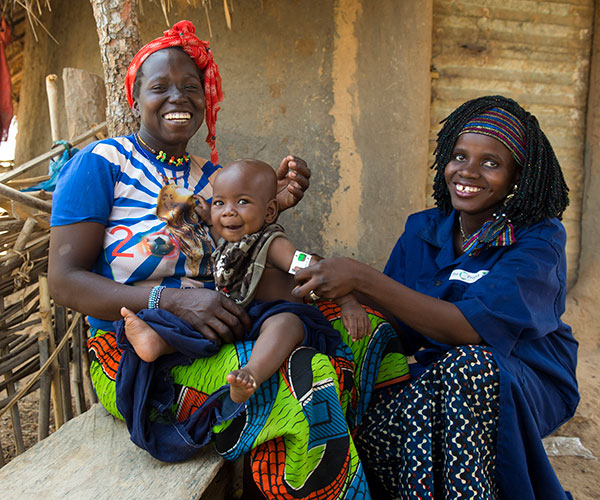
Poor nutrition threatens the growth and development of millions of children.
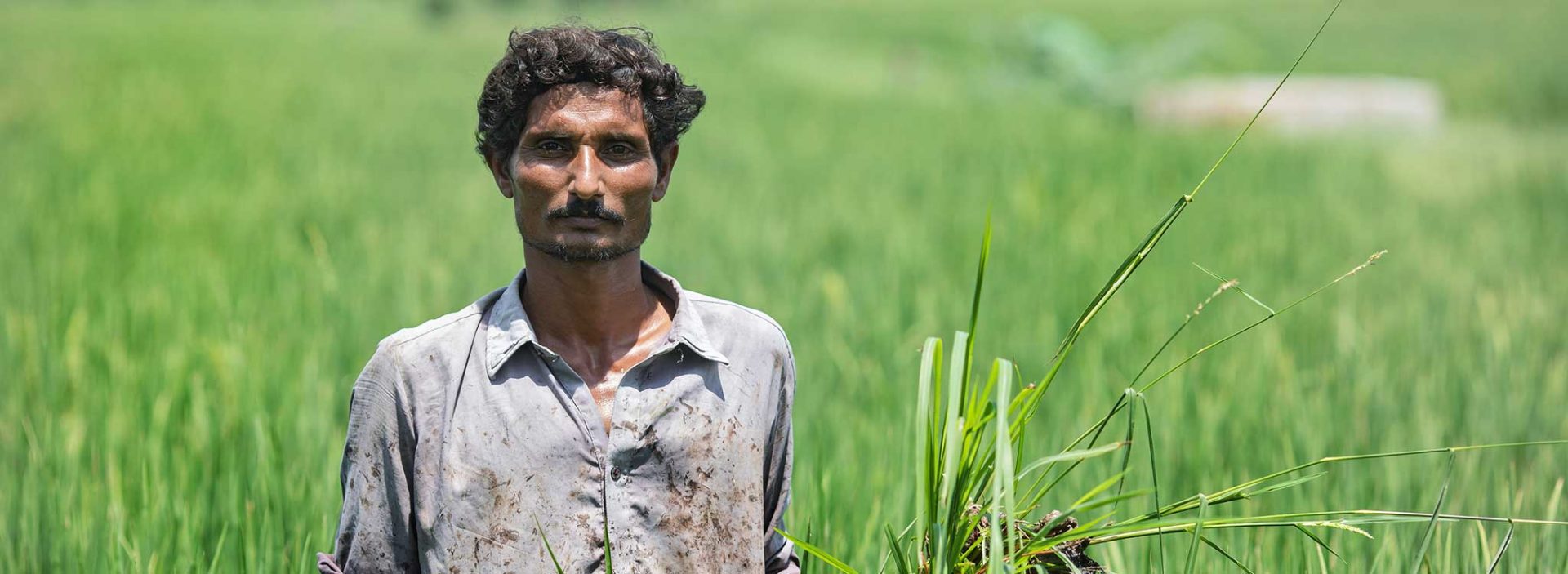
It’s unacceptable that, in a world that produces enough food to feed its entire population, over 3 billion people can’t even afford the cheapest healthy diet.
So why can’t 2.83 billion people get the food they need? Poverty, conflict and inequality keep life-giving food out of reach.
When children don’t have enough food, their brains and bodies suffer. It stops them growing, learning and working. It locks them and their families in a life of poverty.
Left too long, hunger kills.
But we won’t let it.
We’re there in a crisis, getting life-saving food to people who need it. And we’re there long after.
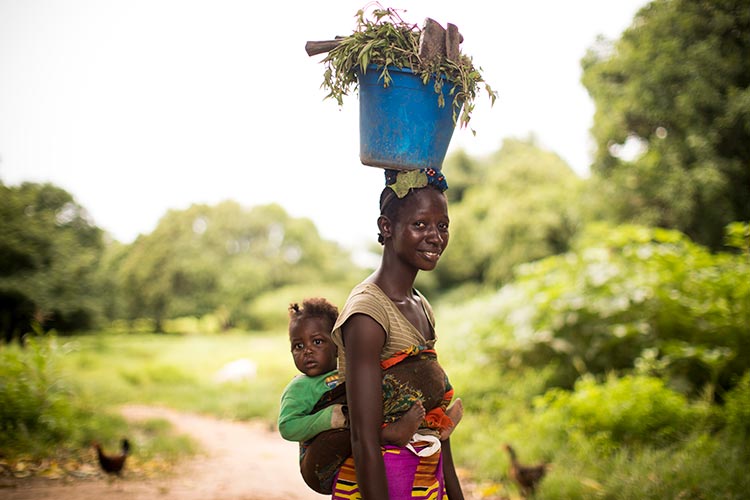
The decades-long decline in global hunger has ended. If current trends continue, around 840 million people will be hungry by 2030.

Poor nutrition threatens the growth and development of millions of children.
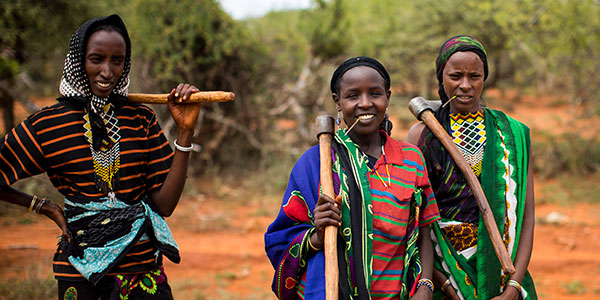
Hunger affects everyone differently. But around the world, women and girls are most at risk of becoming malnourished.
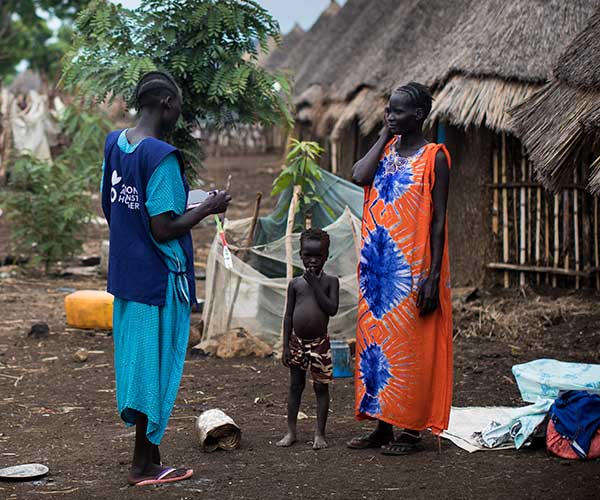
Most people facing hunger in the world today live in countries affected by conflict.

Rising temperatures and extreme weather are having a devastating impact on communities.
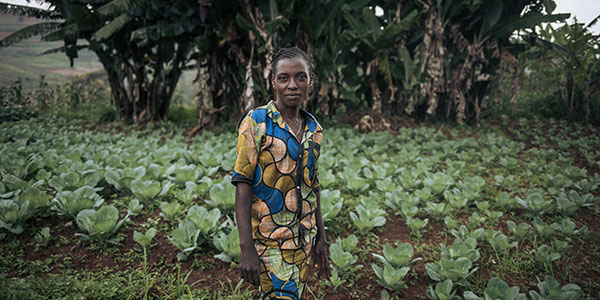
Over 2 billion people did not have access to safe, nutritious and sufficient food in 2020.
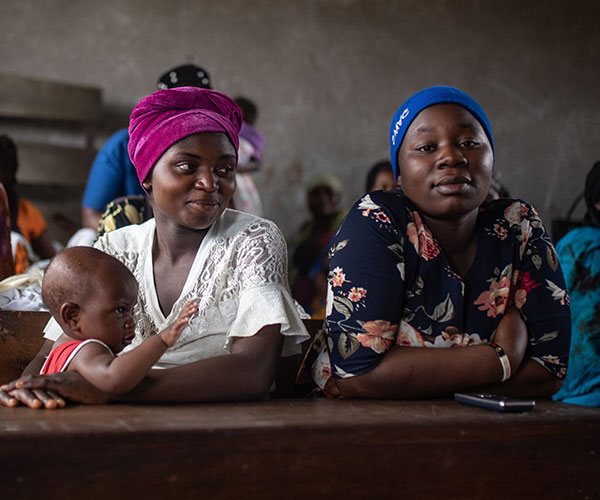
Maternal mental health plays an important role in a child's health and development.
Globally, almost one in ten people go to bed hungry every night.
43 million people in 38 countries across the globe are at risk of falling into famine or a severe hunger crisis.
2.83 billion people can't afford a healthy, nutritious diet.
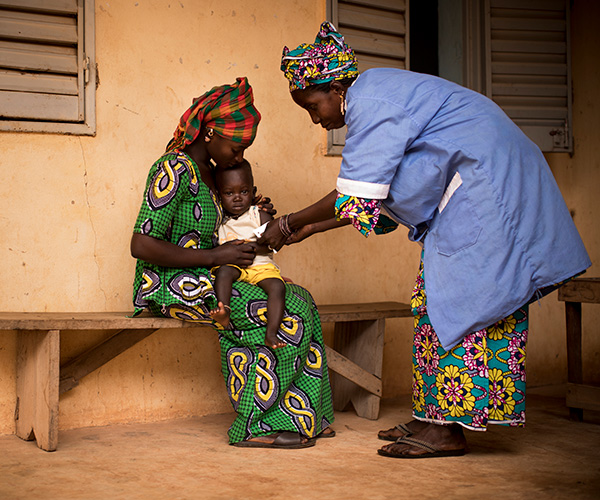
We save the lives of malnourished children and support their families to beat hunger.
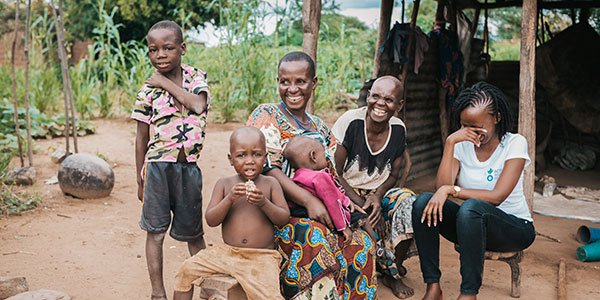
See the transformation of the people we support through our programmes.
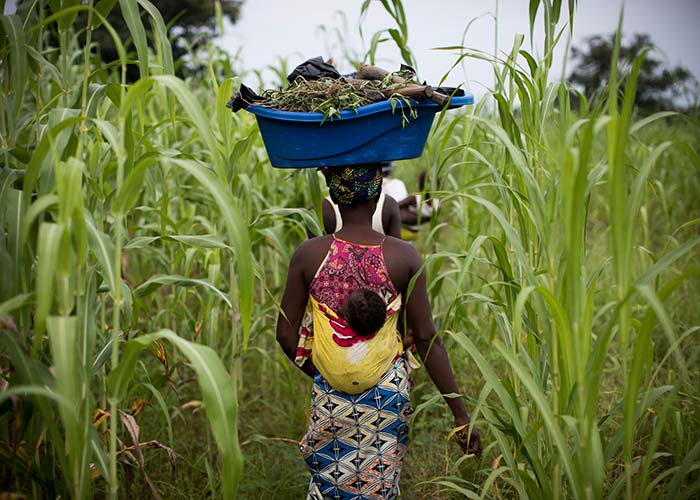
We fight hunger in 56 countries across Asia, Africa, Europe, Latin America and the Middle East.